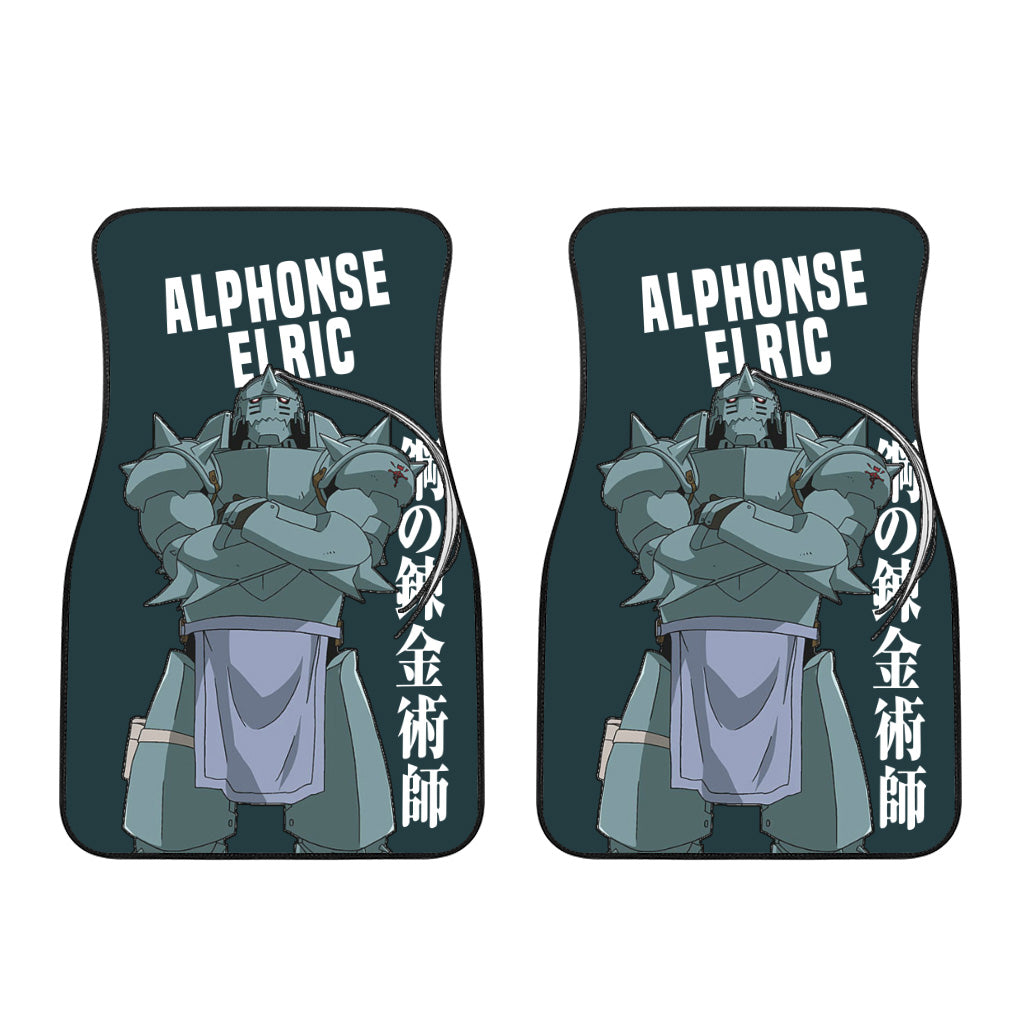Anime, FullMetal Alchemist
FMA vs. Brotherhood difference

The world of Fullmetal Alchemist is one of the most popular and beloved in the realm of anime and manga. Its iconic story follows the journey of two brothers, Edward and Alphonse Elric, as they navigate a complex and dangerous world of alchemy, magic, and political intrigue. However, for newcomers to the franchise, it can be confusing to know where to start. The series is made up of multiple adaptations, with the most popular being the 2003 anime Fullmetal Alchemist and the later adaptation, Fullmetal Alchemist: Brotherhood. While both shows are based on the original manga by Hiromu Arakawa, they are fundamentally different from each other.
Firstly, it’s important to understand that Fullmetal Alchemist: Brotherhood is not a sequel to the original Fullmetal Alchemist anime. Instead, it’s a completely separate adaptation of the manga that was created several years after the first anime. This means that while both shows share the same basic story and characters, they are not identical. Brotherhood was able to stay more faithful to the manga since it was created after the manga was completed, allowing it to follow the story more closely.

In contrast, Fullmetal Alchemist (2003) was created while the manga was still being written, which meant that the anime had to create its own ending. This led to the anime diverging from the original story, and ultimately, having a very different tone, ending, and antagonist than Brotherhood. The 2003 adaptation is still well-regarded by fans, thanks to its unique storyline, darker atmosphere, and great animation. However, it’s important to understand that it should be viewed as a separate work that is distinct from Brotherhood and the original manga.
One of the main differences between the two anime adaptations is the tone. Fullmetal Alchemist (2003) is generally considered darker and more serious, with a greater focus on the more emotionally-driven characters in the series, such as Shou Tucker and Barry the Chopper. Brotherhood, on the other hand, is generally more upbeat and action-oriented. Additionally, Brotherhood has a more diverse cast of characters than the original series, with several characters that were left out of the 2003 adaptation making appearances.

Another major difference between the two anime adaptations is the main antagonist. In the 2003 series, the main villain is Dante, an anime-original character created specifically for the show. Meanwhile, in Brotherhood, the main antagonist is Father, the main antagonist in the manga. Dante is an interesting character in her own right, but she doesn’t have the same level of power or impact as Father, which leads to very different endings for the two shows. The homunculi, the artificially-created beings that serve as the main antagonists in both shows, also have different origins and backstories in the two adaptations, leading to differences in how they interact with the Elric brothers.
Ultimately, both Fullmetal Alchemist adaptations are excellent in their own right, but they should be viewed as standalone works that are fundamentally different from each other. Fans looking to get the full experience of the series should start with Brotherhood, as it’s more faithful to the original manga. Once they’ve finished Brotherhood, they can then check out the 2003 adaptation to get a sense of how the stories diverge. While some fans may prefer one adaptation over the other, both shows are beloved by fans of the franchise and are definitely worth watching.

We bring out some of the most well-known Fullmetal Alchemist collection, all of which are available at reasonable costs. Visit our link now if you are interested in the Fullmetal Alchemist collection


Edward, Alphonse, Mustang, Winry, Bradley, Nina
